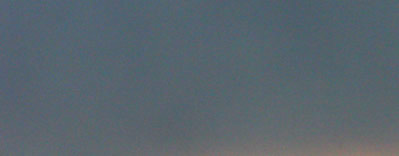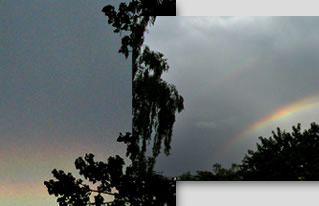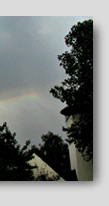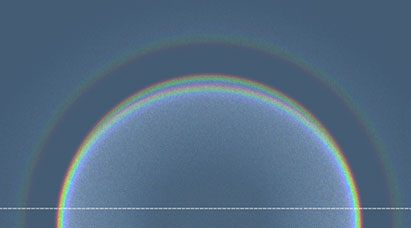
OpticsPOD
What's New
Rays & Shadows
Water Droplets
Rainbows
Not a rainbow!
Primary Bow
Secondary Bow
A's Dark Band
Other Orders
Supernumeraries
Red Bows
Rainbow Wheel
Dew Bow
Reflection Bows
Sea Spray Bow
Glass Bead Bows
Twinned Bows
Cloud Bows
Moon Bows
Image Gallery
Simulators
Ice Halos
High Atmosphere
Links & Resources
Search - Index
123456789012345678
| Twinned Rainbows |
 |
 |
 |
||
 |
||||
 |
 |
|||
Several
"twinned bows" have been imaged,
mostly during heavy showers, but currently there is no agreed explanation
for them. They cannot be reflection
bows because at the time most were imaged, the reflection bow
from a horizontal water sheet would be in quite a different position.
They mostly do not resemble supernumerary bows
and attempts to model them with Mie or Airy
scattering models using spherical water drop populations
fail. They might form from a mixture of water drops and ice spheres.
Although diffuse ice-sphere bows might occur, ice balls of the required
sphericity and optical quality to produce the observed sharp twinned
bows are unlikely. A twinned secondary should also then be
observed and so far it has not.
Numerical ray
tracing by BowSim shows
that departures from sphericity by a mere 1-2% noticeably
distort the primary bow. We have to marvel that rainbows are
ever seen! |
